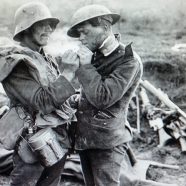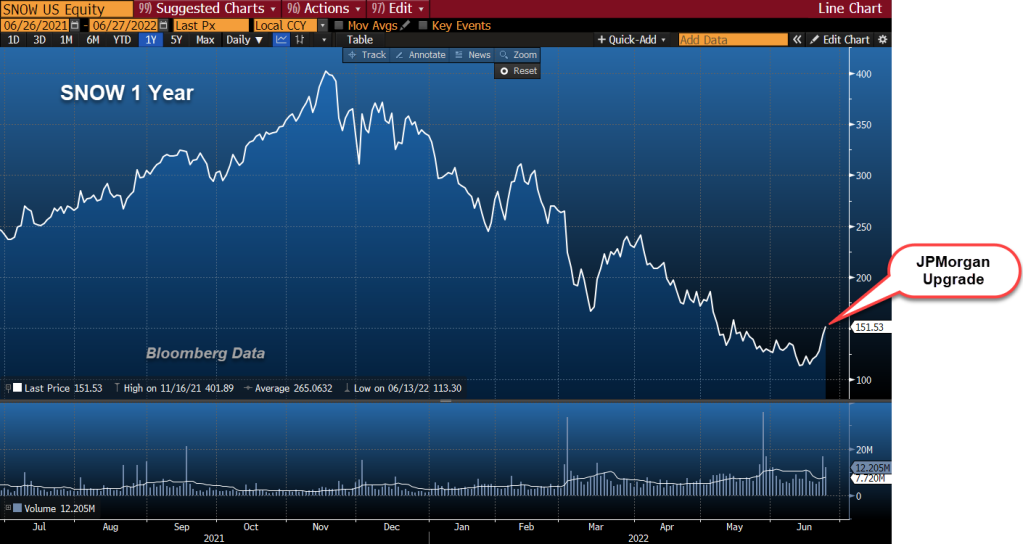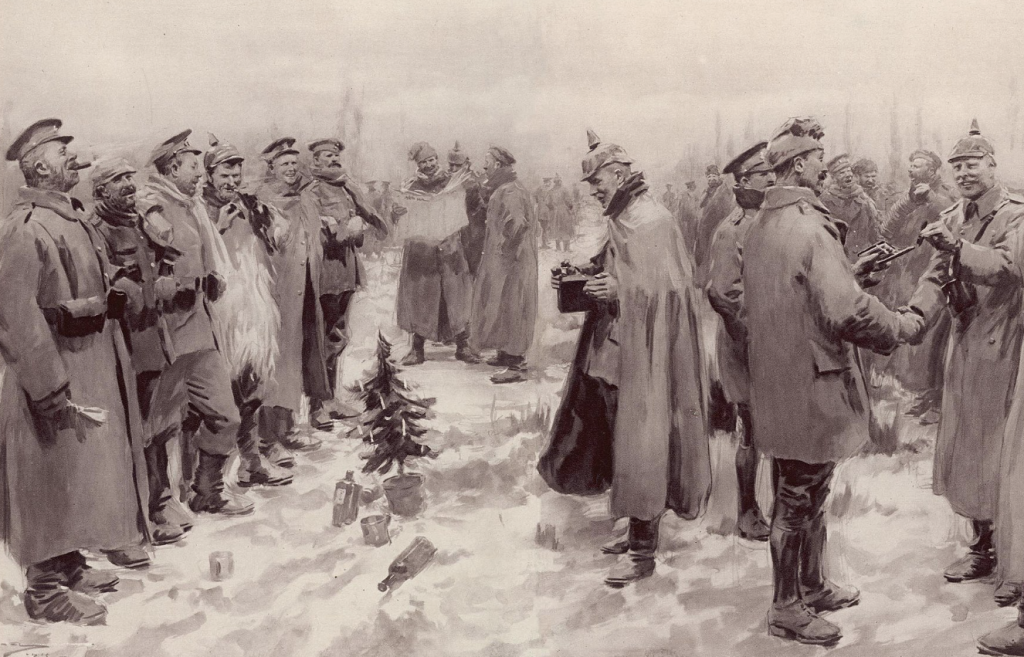 June
27
June
27
Tags
CEASE FIRE!
By David Nelson, CFA
Throughout history every war has seen periods where the fighting stops and weary soldiers get a chance to lay down their arms. For soldiers on the front lines the operational tempo of conflict forces them to live on the cutting edge and summon all their skills just to survive.
Real soldiers of course risk their lives while Wall Street Soldiers risk only money. The Stock Market War of 2022 at the lows wiped out $10 Trillion in S&P 500 market cap. Even here the operational tempo has forced traders to navigate massive sector and asset class swings as investors rush from one side of the lifeboat to the other.

Like I said every conflict has a cease fire where those in the heat of battle get a chance to catch their breath and for investors, last week was just that. In just four trading days stocks regained $2 Trillion in market value.
It’s helpful to put gains and losses in the context of currency. We spend so much of our time speaking in percentages and basis points we forget that it represents real money.
Unfortunately, as in war a cease fire is only a pause in the fighting and will take something more to turn into a longer lasting peace. We still have a lot of challenges that need resolution before we can declare victory.
Every one of these breaks is going to feel like a bear market rally until it isn’t. No bell is going to ring and unlike war a treaty isn’t going to be signed. At some point in time, we’ll look back a year and say oh yes that was the bottom.
Good News Bad News

Let’s start with the good news first. Bear markets don’t end until sentiment is awful. The Consumer Sentiment index a measure of investor appetite is at all-time lows. The AAII Investor Sentiment Bullish Readings are at the lowest levels since March of 1989.
The Red Zone

Coming into the beginning of last week the percentage of stocks trading above their 200-day moving average was just 14.76%. We’ve had a few times where it has washed out more. The Financial Crisis and Covid fell all the way to 1% and 3% respectively. However, as you see the in the chart above going all the way back to 1994, we’re in the Red Zone. We’re at levels seen during a lot of other market resets.

We can debate whether or not this is the bottom but what isn’t up for debate is that a lot of the bad news is already discounted in current equity prices. Pandemic darlings like Peloton (PTON) and Netflix (NFLX) have seen declines of 94% and 75%% respectively. High flying tech stocks like Snowflake (SNOW) fell greater than 70% at the lows. All of this is reminiscent of the bottoming process witnessed in other bubble busts.
Post the dot.com crash it took Amazon (AMZN) 21 months to hit bottom down 93%. PTON made the same trip in half the time and if Snowflake (SNOW) recently upgraded by JPMorgan has hit bottom they did it in just seven. Could they go down further sure they could but much of the excess has been wrung out.

The inflation fever seems to have abated as oil prices, commodity prices and shipping costs have all come in. As you can see in the chart above the US Breakeven 10-year rate is at 2.57% down from over 3% just a month ago.
Recession
The idea of recession seems increasingly discounted. Most bulge bracket firms have raised their inflation forecast. Goldman sees a 48%% probability and Citigroup just went to 50%. This isn’t news for investors. Stocks made that decision long ago and have been telegraphing the inevitable for months. I’m sure if I walk into a drug store the druggist is going to take me aside to share his inflation view.
Stocks are a good leading indicator looking out 6-9 months. If stocks are still falling, then the recession will likely be larger than we thought.
The Bad News
From a sentiment perspective a lot has been discounted however as I said earlier, we still have a lot of the same challenges we had at the start. We have a born-again Fed that understands they have to drive down inflation expectations before it is too late. Most valuation models start with the risk-free rate and as long as the terminal rate moves higher equity valuations will have to come in. Until complex issues like energy and supply chains can be addressed the Fed’s target rate of 2% isn’t achievable. That means tighter financial conditions for some time.
Unfortunately, monetary policy is only half the picture. The administration seems completely lost on how to implement policy to achieve some of their own goals. If your goal is to transition to alternative energy on a path to a greener society, you have to do it in the right order.
This isn’t rocket science. Energy independence has to be your first priority. Today we need an all of the above approach until these projects can scale. Shutting down pipelines and disparaging an entire industry along with a pivot to OPEC hardly seems like sound policy given the crisis at hand.
The Next Catalyst
The next catalyst and challenge for this market will be the coming earnings season. There is still a huge disconnect between analyst estimates and what stocks have been telling us for months. With economic activity slowing, inflation rising and company after company concerned about margin pressure analysts have continued to push estimates higher.

Either stocks are wrong, or the analysts are asleep at the wheel. I’m an analyst and I get it wrong all the time. A more realistic earnings picture would be to give current estimates a 10% haircut.
And therein lies the problem. Early in the year it became evident that stocks were undergoing a valuation reset down to historic multiples. As rates rise that multiple gets compressed even further.
Earnings season starts in a few weeks. More important than the headline numbers will be management’s outlook on the year ahead.
There are a lot of versions to the following story. It was in part an inspiration for today’s post. The year was 1914 and World War I was well under way. Let’s hope our cease fire lasts a little longer.
The Christmas Truce

In the week leading up to 25 December, French, German and British soldiers crossed trenches to exchange seasonal greetings and talk. In some areas, men from both sides ventured into no man’s land on Christmas Eve and Christmas Day to mingle and exchange food and souvenirs. There were joint burial ceremonies and prisoner swaps, while several meetings ended in carol-singing. Men played games of football with one another, creating one of the most memorable images of the truce.[1] Hostilities continued in some sectors, while in others the sides settled on little more than arrangements to recover bodies.